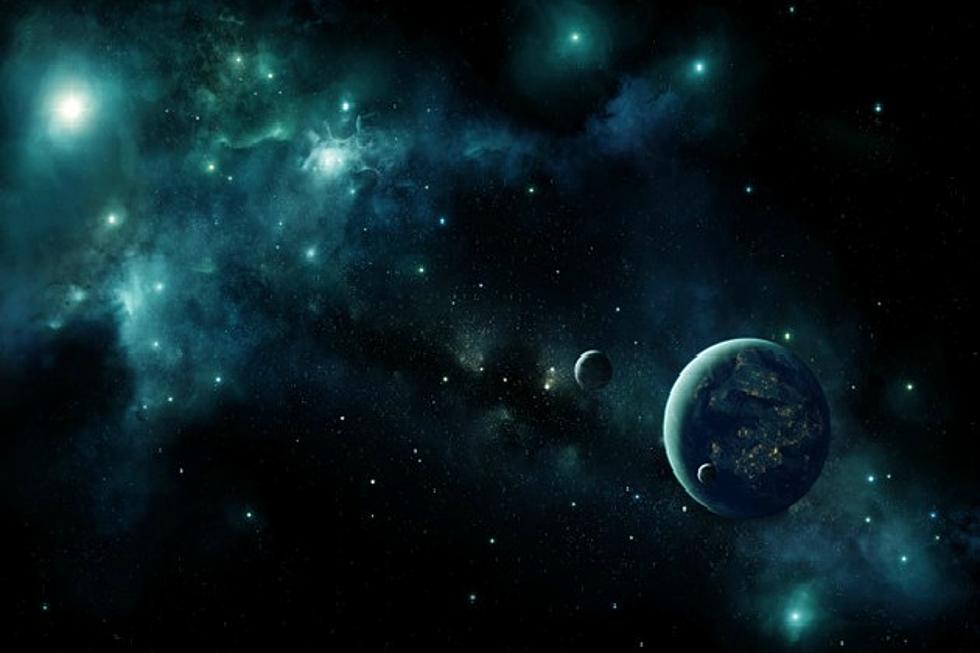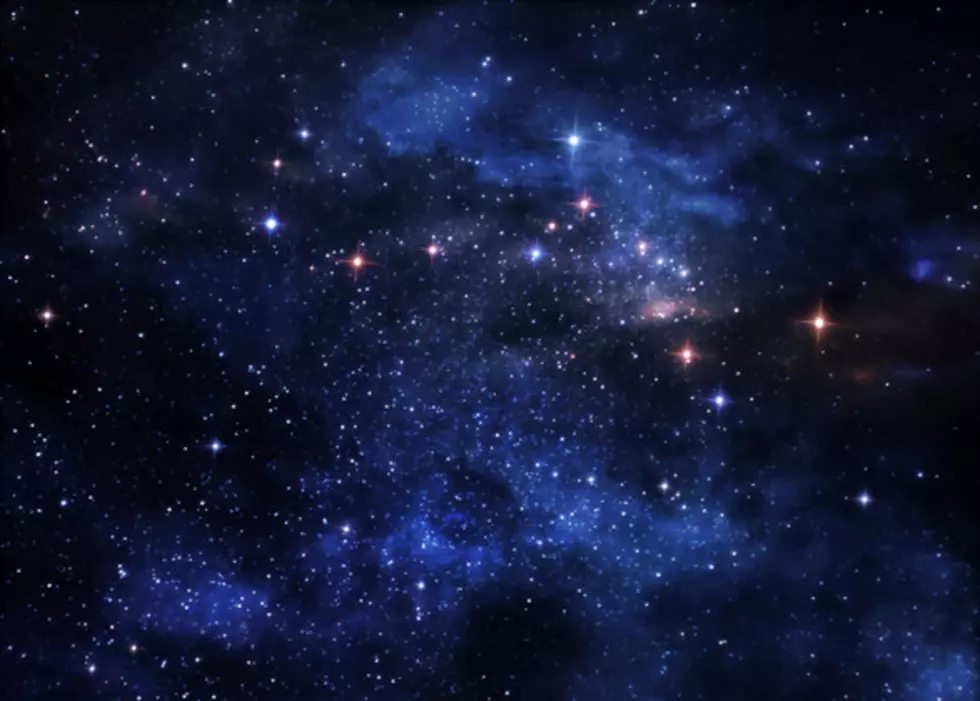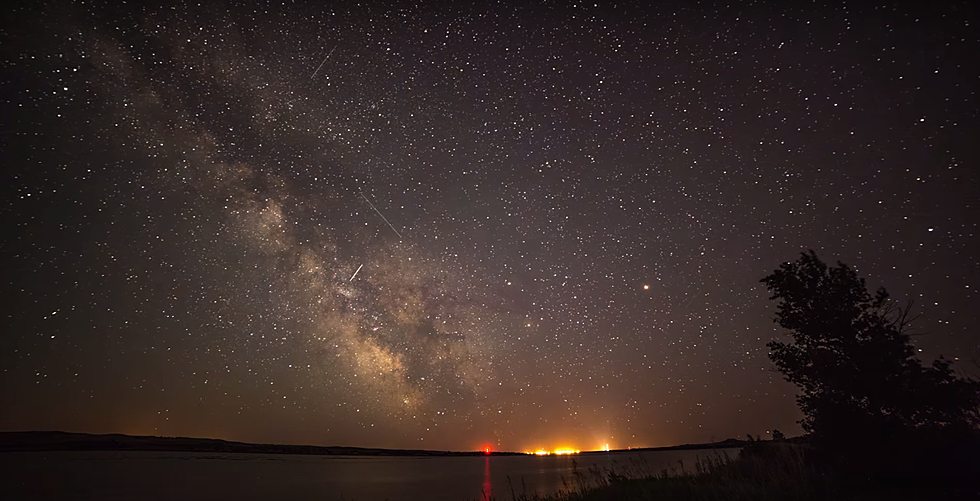
We Are Not Alone: Kepler Spacecraft Finds 8 New Earth-like Planets
The Kepler Spacecraft, a "planet-hunter" launched by NASA in 2009 to find evidence of other planets in the universe, has been doing just that for close to six years.
If Kepler were to become sentient, it would have to be the most patient being in history. Its only job is to literally stare off in to space, looking for the dimming of distant stars caused by the passing of planets across their surfaces. To date, Kepler has discovered over 1,000 planets in this way.
Most of the planets it discovers, like most of those in our own solar system, are much too big or have temperatures far to high to sustain life. But recently, Kepler has discovered no fewer than eight planets hanging out in the habitable zones of their parent stars.
Many scientists consider this planet of ours the happiest and most astounding accident in creation -- in order to sustain life at all, let alone the overwhelmingly diverse ecosystem we call home, a planet must boast very specific proportions and be located a very specific distance from its parent star. And it must contain liquid water.
As such, for decades, the likelihood of finding Earth-like planets anywhere in the universe was considered very small. The discovery of eight "new worlds" that could very feasibly sustain life much like our own is an extreme breakthrough.
The next mission, clearly, is to find out if they already do just that. Is it possible that there are other worlds with distinctly humanoid creatures roaming their surfaces?
Or maybe some of these planets are much "younger" than ours, with their most advanced living things being reptilian; maybe some are much "older," boasting species we've never even dreamed of.
What sort of technological breakthroughs might they have made? Do they have smartphones, or would our HTC Androids blow them away? Or do they have something even better?
Just like the universe itself, the questions are endless.
More From Hot 975






![Here’s What Your Christmas Lights Look Like From Space [VIDEO]](http://townsquare.media/site/502/files/2015/12/SpaceLights.jpg?w=980&q=75)

![Oregon Brewery Releasing “Space Beer” Next Month [VIDEO]](http://townsquare.media/site/504/files/2015/03/RS4353_136941601-scr-e1426905112676.jpg?w=980&q=75)
